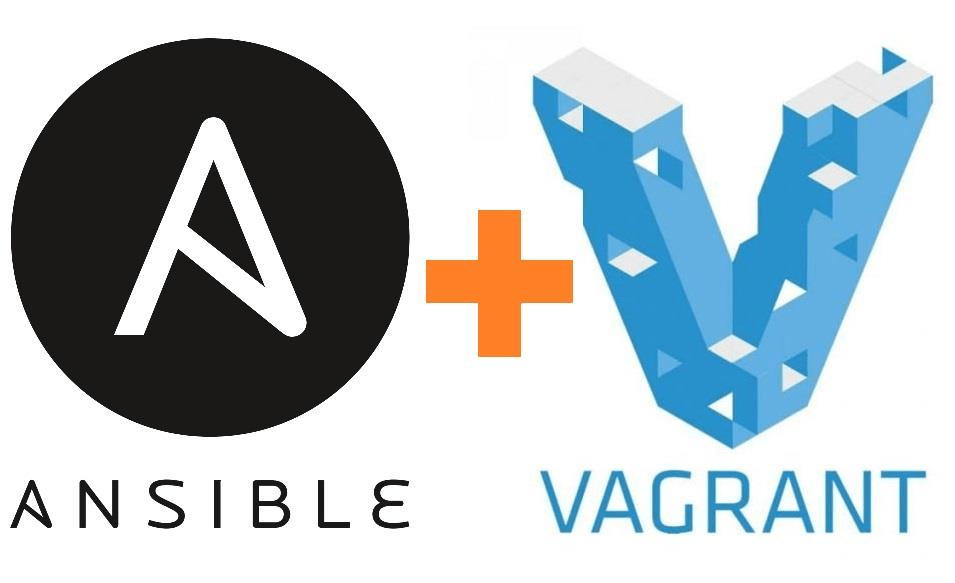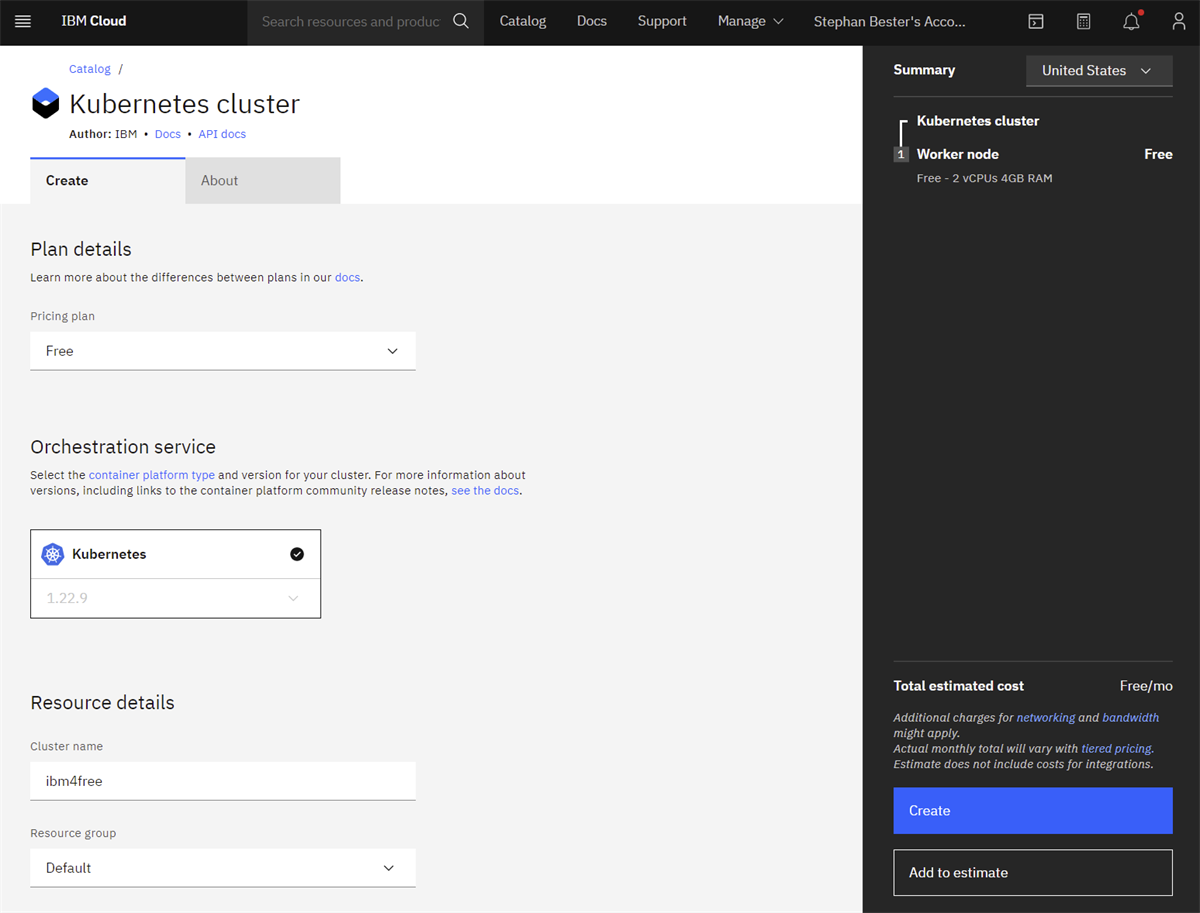-
May 9, 2023
 The Azure Resource Explorer is great tool that you can use to execute queries on the Azure Resource Management API’s directly from your browser against your own subscriptions. This is a great way to discover the API’s that are available and it provides you with both the REST queries and Ansible samples for easy programatic use or automation!
The Azure Resource Explorer is great tool that you can use to execute queries on the Azure Resource Management API’s directly from your browser against your own subscriptions. This is a great way to discover the API’s that are available and it provides you with both the REST queries and Ansible samples for easy programatic use or automation!
-
May 3, 2023
 The Azure Resource Graph is a very useful service which allows you to query your Azure resources from the Resource Graph Explorer within the Azure Portal, using Kusto Query Langauge (KQL).
The Azure Resource Graph is a very useful service which allows you to query your Azure resources from the Resource Graph Explorer within the Azure Portal, using Kusto Query Langauge (KQL).
-
Jul 15, 2022
 I recently wanted to test Ansible playbooks locally, but since I am on a Windows environment, this proved a little difficult. It is possible to install Ansible in WSL, but I found that this did not quite fit my need, since I wanted a control node where I can tweak and run the Ansible scripts from, but also needed some target machines to apply the changes to. This gave me the idea to use another tool I am very fond of, Vagrant, to create several Linux machines to create my Ansible development environment.
I recently wanted to test Ansible playbooks locally, but since I am on a Windows environment, this proved a little difficult. It is possible to install Ansible in WSL, but I found that this did not quite fit my need, since I wanted a control node where I can tweak and run the Ansible scripts from, but also needed some target machines to apply the changes to. This gave me the idea to use another tool I am very fond of, Vagrant, to create several Linux machines to create my Ansible development environment.
-
Jul 5, 2022
 In my previous blog post, I used the Windows Subsytem for Linux (WSL) as my development environment. In this post I want to explore WSL a little more and show how easy it is to setup a WSL development environment with Visual Studio Code.
In my previous blog post, I used the Windows Subsytem for Linux (WSL) as my development environment. In this post I want to explore WSL a little more and show how easy it is to setup a WSL development environment with Visual Studio Code.
-
Jun 16, 2022
 In my previous blog post the IBM Cloud resources were created manually through the IBM Cloud Console. In this blog post, we will explore how to automate creation of these resources using Terraform.
In my previous blog post the IBM Cloud resources were created manually through the IBM Cloud Console. In this blog post, we will explore how to automate creation of these resources using Terraform.
-
Jun 7, 2022
 This blog post explores how to containerize a .NET 6.0 Web App and deploy the application to the IBM Cloud Kubernetes Service.
This blog post explores how to containerize a .NET 6.0 Web App and deploy the application to the IBM Cloud Kubernetes Service.
 The Azure Resource Explorer is great tool that you can use to execute queries on the Azure Resource Management API’s directly from your browser against your own subscriptions. This is a great way to discover the API’s that are available and it provides you with both the REST queries and Ansible samples for easy programatic use or automation!
The Azure Resource Explorer is great tool that you can use to execute queries on the Azure Resource Management API’s directly from your browser against your own subscriptions. This is a great way to discover the API’s that are available and it provides you with both the REST queries and Ansible samples for easy programatic use or automation! The Azure Resource Graph is a very useful service which allows you to query your Azure resources from the Resource Graph Explorer within the Azure Portal, using Kusto Query Langauge (KQL).
The Azure Resource Graph is a very useful service which allows you to query your Azure resources from the Resource Graph Explorer within the Azure Portal, using Kusto Query Langauge (KQL). I recently wanted to test Ansible playbooks locally, but since I am on a Windows environment, this proved a little difficult. It is possible to install Ansible in WSL, but I found that this did not quite fit my need, since I wanted a control node where I can tweak and run the Ansible scripts from, but also needed some target machines to apply the changes to. This gave me the idea to use another tool I am very fond of, Vagrant, to create several Linux machines to create my Ansible development environment.
I recently wanted to test Ansible playbooks locally, but since I am on a Windows environment, this proved a little difficult. It is possible to install Ansible in WSL, but I found that this did not quite fit my need, since I wanted a control node where I can tweak and run the Ansible scripts from, but also needed some target machines to apply the changes to. This gave me the idea to use another tool I am very fond of, Vagrant, to create several Linux machines to create my Ansible development environment. In my previous blog post, I used the Windows Subsytem for Linux (WSL) as my development environment. In this post I want to explore WSL a little more and show how easy it is to setup a WSL development environment with Visual Studio Code.
In my previous blog post, I used the Windows Subsytem for Linux (WSL) as my development environment. In this post I want to explore WSL a little more and show how easy it is to setup a WSL development environment with Visual Studio Code. In my previous blog post the IBM Cloud resources were created manually through the IBM Cloud Console. In this blog post, we will explore how to automate creation of these resources using Terraform.
In my previous blog post the IBM Cloud resources were created manually through the IBM Cloud Console. In this blog post, we will explore how to automate creation of these resources using Terraform. This blog post explores how to containerize a .NET 6.0 Web App and deploy the application to the IBM Cloud Kubernetes Service.
This blog post explores how to containerize a .NET 6.0 Web App and deploy the application to the IBM Cloud Kubernetes Service.